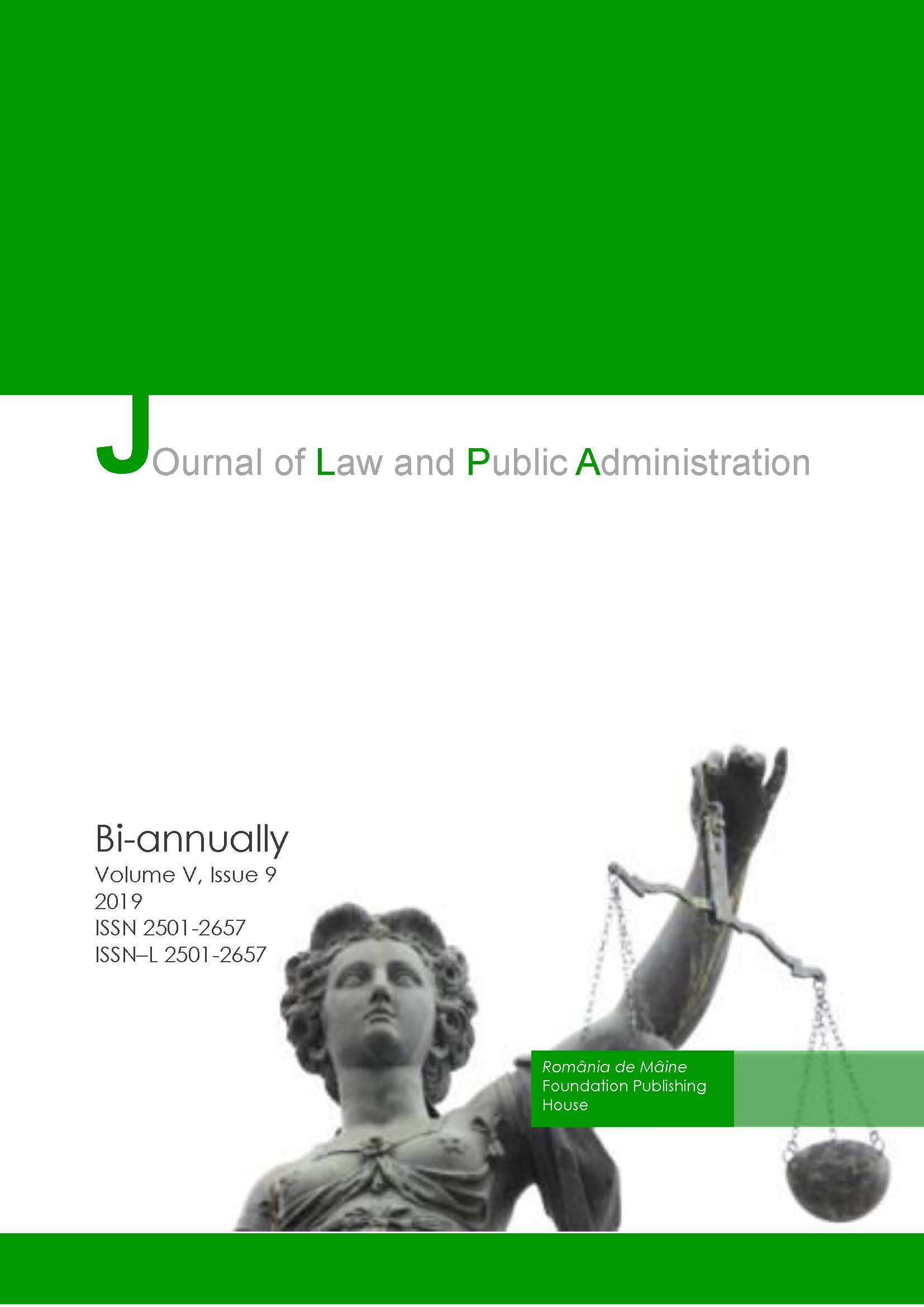General Rules Governing Forced Execution Procedure
General Rules Governing Forced Execution Procedure
Author(s): Anișoara BăbălăuSubject(s): Law, Constitution, Jurisprudence, Governance
Published by: Editura Fundaţiei România de Mâine
Keywords: tax procedure; Tax Procedure Code; forced execution; fiscal creditor; tax debtor; tax receivables;
Summary/Abstract: The tax procedure comprises all the legal norms governing the activity of tax authorities and tax debtors in the revenue collection process. The tax obligation is a sum of money owed by a taxpayer that turns into revenue to the general government budget. In the field of the extinction of tax receivables, the general rule is voluntary extinction, the debtor making the payments. If, however, he fails to meet his tax obligations in the amount and within the period prescribed by the law, the creditor may resort to the means provided by law to force the debtor to execute his debt. In the forced execution procedure, the following subjects are involved: the state, as the creditor, the holder of some debt rights represented by the competent tax authorities; tax debtors, represented by a natural or legal person, as taxpayers; the payer of the tax obligation, a person who has the obligation stipulated by law to withhold and pay the obligation on behalf of the debtor. The ways of realizing the tax receivables in the forced execution process are: forced execution through indemnity; forced execution of movable goods; forced execution of immovable property (goods); forced execution of a set of goods; the forced execution of unruly fruits and crops harvested by roots. Tax authorities may use simultaneously or separately any of the above-mentioned execution modalities for the collection of funds to the state’s consolidated general budget.
Journal: Journal of Law and Public Administration
- Issue Year: V/2019
- Issue No: 9
- Page Range: 32-35
- Page Count: 4
- Language: English

